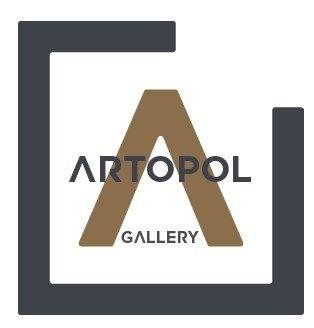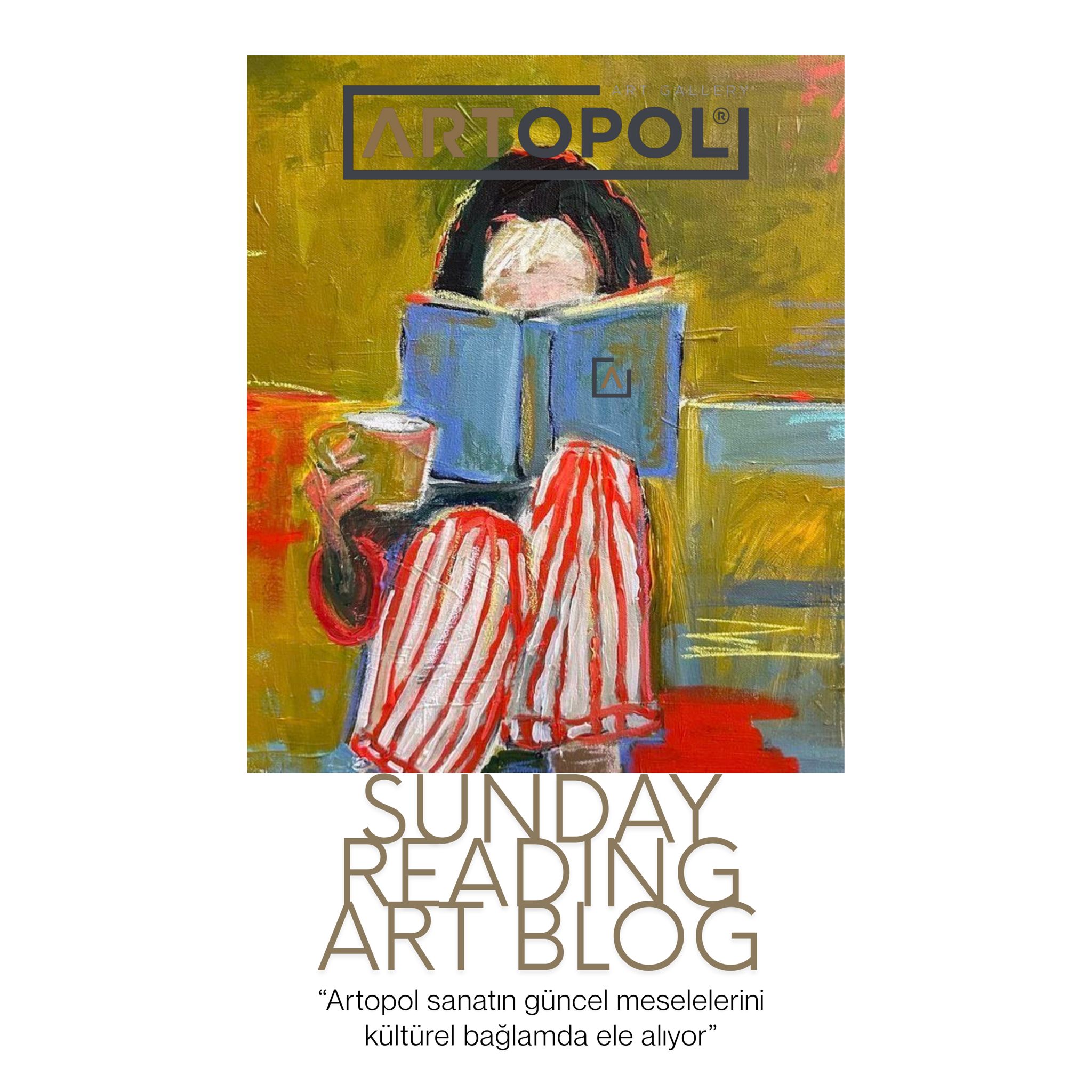(Early Promise - Emin, at the Royal College of Art)
Before there was Tracey Emin, there was Traci Emin. Traci Emin was the signature of the young woman who would become a star of conceptual art, signed on a black-and-white etching in 1986 — a print that won her first prize in her graduation show at Maidstone College of Art in printmaking. I noticed it myself when I was looking through her studio archive a year earlier.
In this etching, showing two desperate lovers clinging to each other in a dark night of the soul, lay a forgotten piece in the artist’s long-unseen treasure trove, revealing a side of Emin that many people never knew. Even Emin herself thought most of them were lost and only existed as slides, believing the originals had been destroyed by an old boyfriend.
They showed Emin as the sincere and gifted artist she was before fame and infamy struck. When I saw these student works, I wanted everyone to meet that intensely young spirit. And when she allowed me to include them in a new book about her art, I was thrilled.

Dark night of the soul … Jaw Wrestling, 1986
In the 1990s, Emin was the intoxicated voice of a generation that despised craft and revered Marcel Duchamp’s idea of the ready-made. Her chaotic “bed” filled with used condoms, cigarette butts, and empty bottles at the 1999 Turner Prize was, for many, the most aggressive ready-made of recent times.
But Emin had a secret: she was never truly a follower of Duchamp. Today, she considers him a bad painter who invented conceptual art to hide his lack of talent — and she’s putting that opinion into practice. In recent years, Emin has been painting as if she were someone attainable, accessible. Many of her works are created in her modest studio in the hills of Provence, where she can work in magnificent isolation, disturbed only by the sound of cicadas.
When I visited her there a few years ago, she brought out some of her latest canvases onto the sunburnt late-summer grass beneath the olive trees. I was struck. The freedom of her brushwork, the raw force of life she captured in her colors — both were remarkable. What amazed me most was how she had arrived here — how a conceptual artist had become such an exciting painter.
And now, on that rainy day in her London studio, the answer was right there: her creative manager Harry Weller was pulling out one early work after another — lonely women in bedrooms, Christ on the cross, a harbor filled with sailing boats, a mysterious love triangle, friends sharing wine by the sea… In the sharp monochrome and vivid color of these works, I saw that Emin had always been both a painter and a printmaker. The place she stands now, before a blank canvas, is where she began. Then, as now, she filled her surfaces with untamed life.

A personal Turkish odyssey … Istanbul 1988
Her boyfriend at the time, artist Billy Childish, appears in one of her powerful early etchings as a nearly Frankenstein-like figure — huge, wild, and hyper-masculine. It’s titled “Billy Drunk Learning with a Drink in His Hand,” showing him swaying around a half-timbered sailor-themed bar with an anchor on the wall. It’s a perfect example of what could be called Emin’s seaside expressionist phase.
Similarly rough-edged etchings create a romantic image of her hometown of Margate and the Kent coast — but among the fishing boats and taverns drift more hopeless lovers. The subjects are local, but her inspiration is German — she transforms the styles of expressionists like Ludwig Kirchner, Käthe Kollwitz, and Oskar Kokoschka into the mythology of her own life. Her turbulent relationship with Childish haunts these works. One of them is the graduation show etching “Jaw Wrestling with a Strange Poetic Ring.”
Emin left school at 13 and spent her teenage years in Margate’s less reliable corners. All of this fed into her narrative works such as “Why I Never Be a Dancer.” But there was another side to her story: a natural artistic gift. In one of her rare school visits, she made a clay model of a fruit stall as finely worked as a Neapolitan terracotta nativity figure — she still keeps it.

Untitled (Two Women in A Room) – around 1987
It’s easy to see why Emin entered Maidstone to study printmaking — and why her etchings earned her top honors. She not only mastered technique but used it to convey an authentic image of life, populated by people with mask-like faces carved from pain — a raw drama of love and loneliness. Then, in 1987, she joined the prestigious painting course at London’s Royal College of Art.
At the RCA, Emin says she was interested in Cy Twombly, whom she assumed to be a woman, an abstract expressionist painter. Yet her own life guided her too strongly for her to embrace abstraction just yet. With a father who was a Turkish Cypriot, Emin set off alone to explore Turkey in the mid-1980s. A beautiful watercolor series records this search for heritage — which culminated in an affair with a fisherman.
In these works, bright colors spilling from the edge of a new print echo a sense of adventure. At first glance, Istanbul appears as a captivating cityscape, almost a postcard view, but on closer look, within the city are scenes of a woman in bed and an old-fashioned kitchen. Other scenes feature women in traditional clothing inside rooms with antique wood stoves. The interiors are explored as invitingly as the exteriors.

Disposition of Christ, 1990
Other works glorify a man and woman making love outdoors with a Lawrence-like intensity. Out of this emerges a narrative of a complex and emotional soap opera of illicit love and rivalry. This marks the beginning of the theme of abandonment that runs through all of Emin’s art — from the debris-strewn bed to her latest paintings.
The truth is, Emin never stopped painting. The passion for drawing and painting so evident in these early works meant she could never truly be a purely conceptual artist. Some of her most compelling prints show harshly drawn scenes of fairgrounds and cemeteries — all dating from her “Young British Artist” years. When she began drawing birds, people thought she was making an ironic point. “But I wasn’t,” she says. “I was just drawing birds.”
In fact, Emin insists that her bed is a “painting.” When I watched her reinstall it at Tate Liverpool a few years ago, she placed the rotting condoms as if applying final brushstrokes to a canvas — even gently smoothing the wrinkles like an action painter. Emin’s true artistic evolution is not from ready-made to painting, but from expressionism to abstract expressionism. And from here on, I can’t wait to see what she paints next.
Written by: Jonathan Jones
Translated by: Zeynep Dikmen
Source: https://www.theguardian.com/artanddesign/2020/nov/23/tracey-emin-unseen-paintings-bed-margate-first-time



